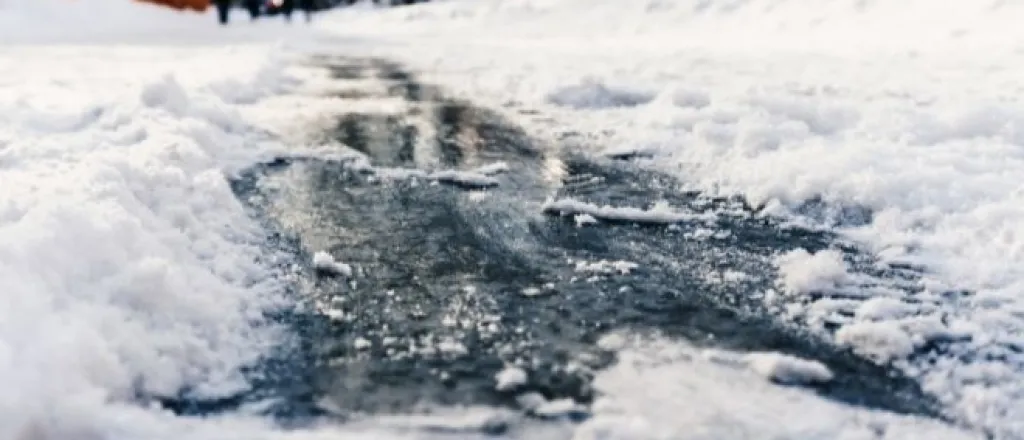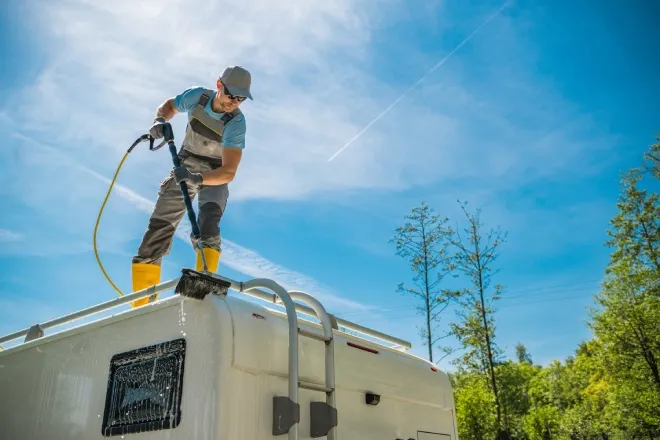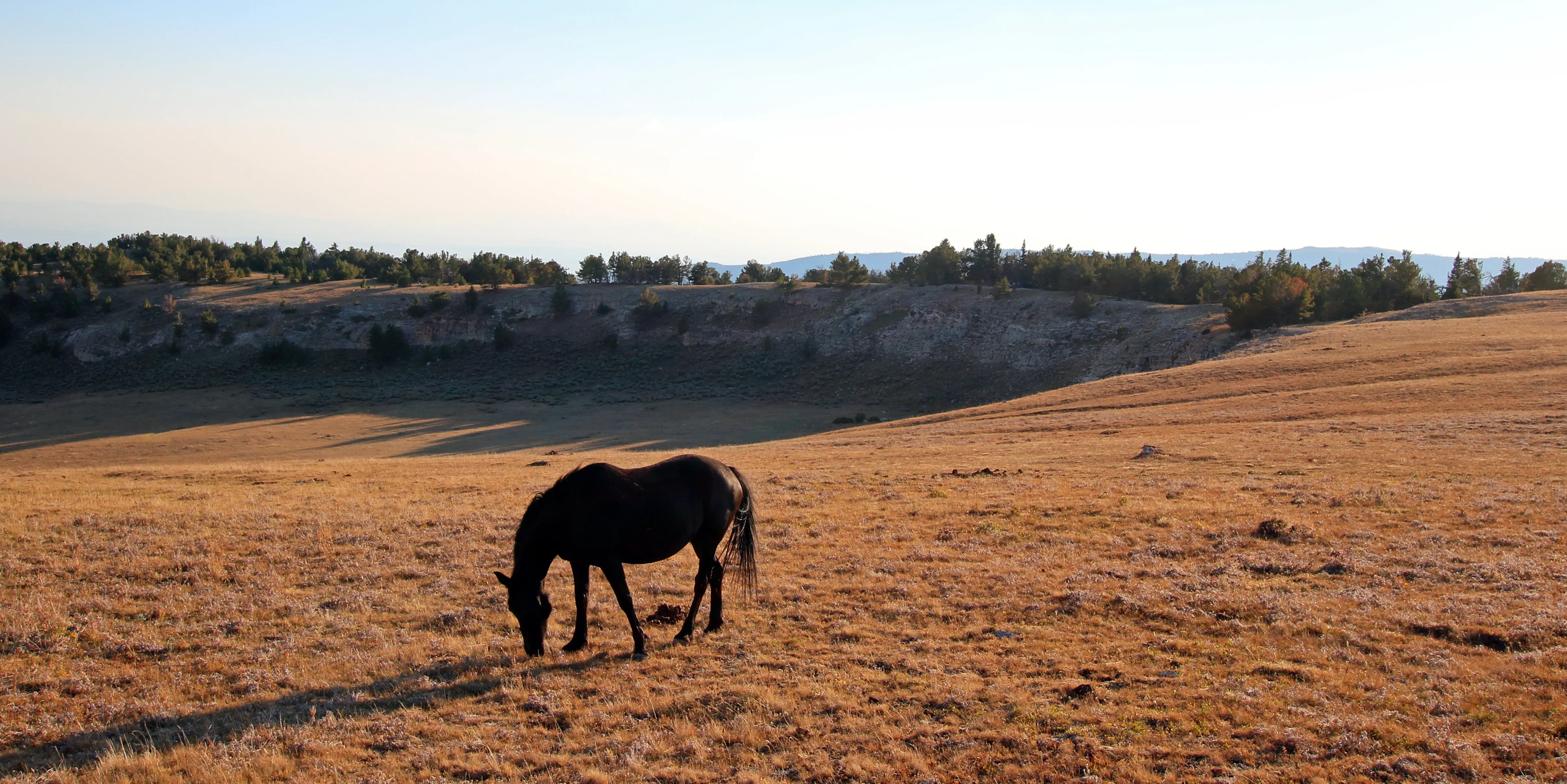
Ice hazards: what you should do after you fall
Snow might be a beautiful sight to behold, but with the snow comes less-friendly ice. Most of us must brave the ice at some point, whether to go to work, school, or the store. Unfortunately, that comes with the risk of slipping. Slipping on ice can be scary and painful. However, by understanding how to mitigate the effects of falling, you can help reduce the likelihood of a serious injury. Just keep in mind the danger of ice hazards and what you should do after you fall.
Preventing falling
Of course, not falling is preferable to falling. You can protect yourself by taking shorter steps, slowing down, and paying attention to your balance. Look out for black ice and wear the proper footwear.
Falling safely
If you do start to fall, don’t panic! Tuck in your chin and turn your body to try to land on your side instead of your face. By keeping your limbs bent in, loose, and protecting your head, you can reduce the chances of serious injury. Limbs straight out can break, and hitting your head can result in a head injury.
Recovering from a fall
After experiencing ice hazards, what you should do after you fall can depend on several factors. If you fell on someone else’s property due to negligence or some other outside force, you may consider filing a personal injury claim. Make sure you record all details after it happens and call for medical attention immediately if necessary.
When you fall, you likely have one of three issues: A soft tissue injury (a bruise), a fracture or break, or a head injury. You should see a medical professional to treat your fracture, break, or head injury. If nothing is broken or bleeding, but you feel sore, there are some things you can do to alleviate the pain.
RICER
- Rest: Let your body recover by taking it easy for a week or two.
- Ice: Yes, ice caused the injury. If the area looks swollen, use ice in 20-minute on and off intervals to soothe the swelling.
- Compression: A bandage or soft brace can compress the injury to prevent further swelling.
- Elevation: Elevating swollen areas above the heart when resting can alleviate the swelling.
- Referral: If needed, seek an appointment with a medical professional to ensure that everything heals as intended.
Along with the RICER method, remember to avoid adding heat to the injured area, alcohol, and anything else that could cause re-injury. Be well!















